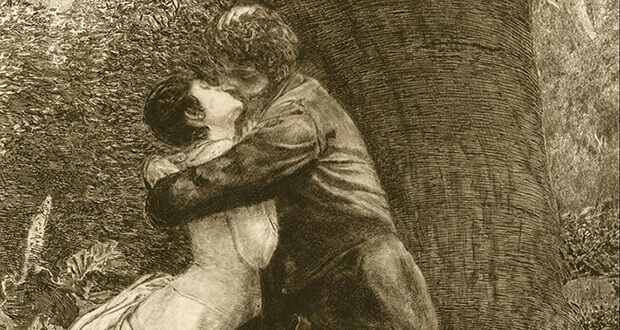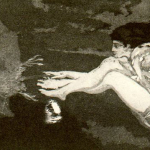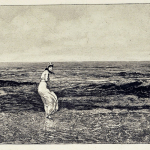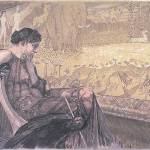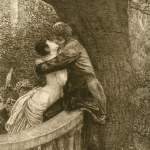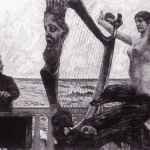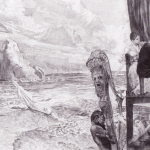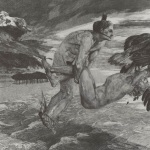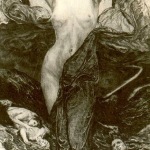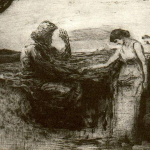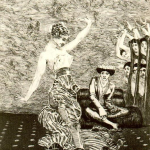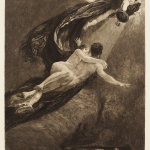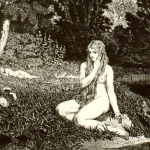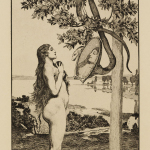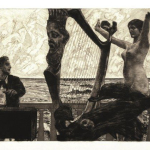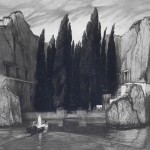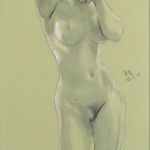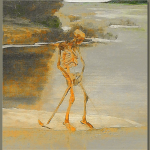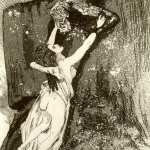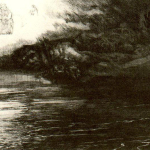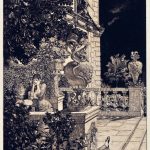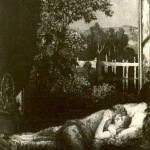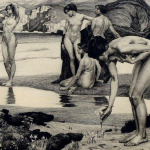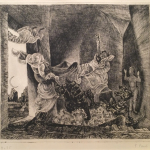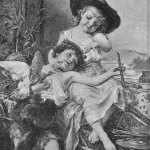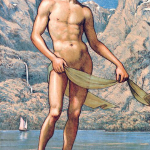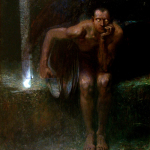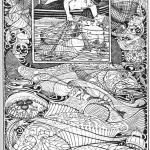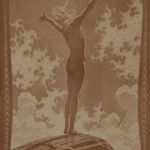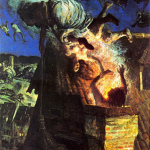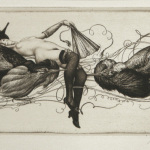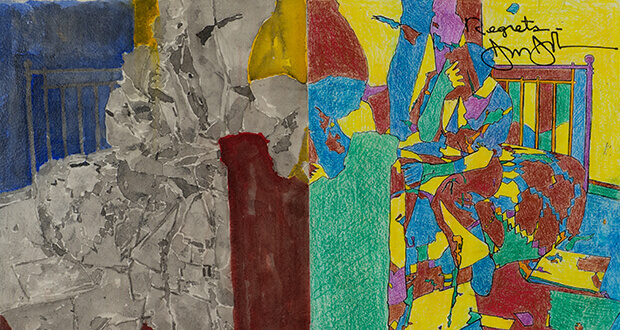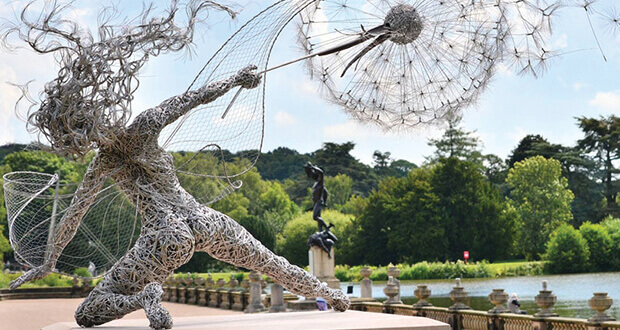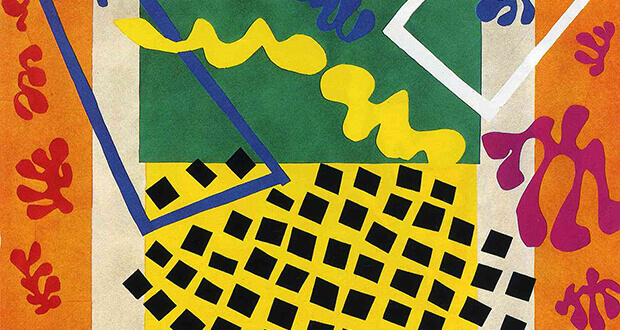Sesto Fiorentino – Florence
From November 30, to January 18
[box type=”shadow” ]”Painters, sculptor, etching engraver, philosopher, writer, musician, poet; he was the real modern artist. that’s the words of his first and best Italian admirer Giorgio de Chirico..[/box]
The twentieth century did not celebrate properly Klinger fame, despite the appreciations of great artists like Max Ernst and Käthe Kollwitz, from Munch to Salvador Dalì, from Giorgio de Chirico to his brother Alberto Savinio.
Klinger vast creativity blends together modern German world with the ancient Greek-roman one, creating a personal art that embodies music, literature, philosophy and myth. Two different cultural movement summarized in Klinger’s works, making him one of the most genial artist of symbolism.
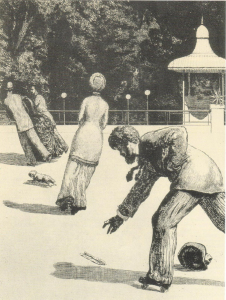
The exposition is cured by Emanuele Bardazzi, Giulia Ballerini and M. Donata Spadolini, and presents more than 300 works of Klinger. From Eva and the future to Glove, from On Death, Part I (Vom Tode I) to Brahmsphantasie, and the famous The Isle of Death, after Arnold BöcklinGoethe’s Faust live together with the Homer myth.
Max Klinger was an encyclopaedic artist, who shows his genius in painting and etching, drawing and sculpture. After his studies at the Berlin Accademy in 1877, he worked hard in drawings in pencil and chine and on graphic techniques. His incomparable style was influenced by the relation with the already famous Arnold Böcklin. He also gets inspiration by his numerous trips in Greece and Italy, from Sicily to the Carrara’s marbles, completed by his visit to Florence where he bought Villa Romana in 1905, setting up a special prize for young Germen artists.
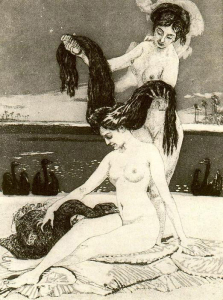
During his life Klinger gained a modest popularity and gained his deserved appreciation thanks to the commemorative exhibition in Lipsia in 1970 for the fiftieth anniversary of his death.
Klinger dedicated himself to painting as well as sculpture and drawing but his genius is mostly evident in etching; he was a prolific and ingenious artist, expert in design and visual results never explored before. In painting Klinger depicted a plurality of models, symbols, religious and philosophic themes; in sculpture exalted the vigor of Renaissance classical antiquity.
Always careful about trends, cultural and social inspirations, although always oriented in the past, Klinger managed to design and create the stylistic rules of European visual art. The essay Malerei und Zeichnung (Painting and Drawing) published in Lipsia in 1891 expresses the symbolic, utopian and poetic universe of Klinger, and taught to the future generation of artists how to mix classic elements to gothic one, myth to modernity.
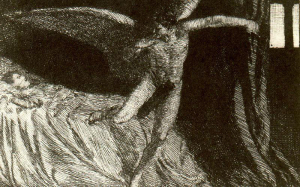
Klinger’s production is accompanied by other German artists, lovers of Italy as well: : Karl Stauffer-Bern, Otto Greiner, Sigmund Lipinsky, Sascha Schneider, Max Roeder, Bruno Héroux, Joseph Uhl, Ernst Moritz Geyger, Fritz Boehle, Heinrich Vogeler, Paul Hermann, Richard Müller, Willi Geiger, Austrian Rudolf Jettmar and Alois Kolb, Swiss Albert Welti and Fritz Pauli, Swedish Tyra Kleen, and also Franz von Stuck and Käthe Kollwitz.
The exhibition is cured by Francesco Mariani, responsible for the “La Soffitta” Group and president of Circolo Arci CDP of Colonnata (Sesto Fiorentino). The event catalogue is edited by Polistampa Edition- Florence. The exhibition entrance is free thanks to the many sponsors who generously join the initiative.
Centro Espositivo Antonio Berti
Via Bernini, 57 – Sesto Fiorentino
La Soffitta Spazio delle Arti
Piazza Rapisardi, 6 – Colonnata (Sesto Fiorentino)
Contacts: arteviva8@gmail.com – www.lasoffitta.net
Free entry

